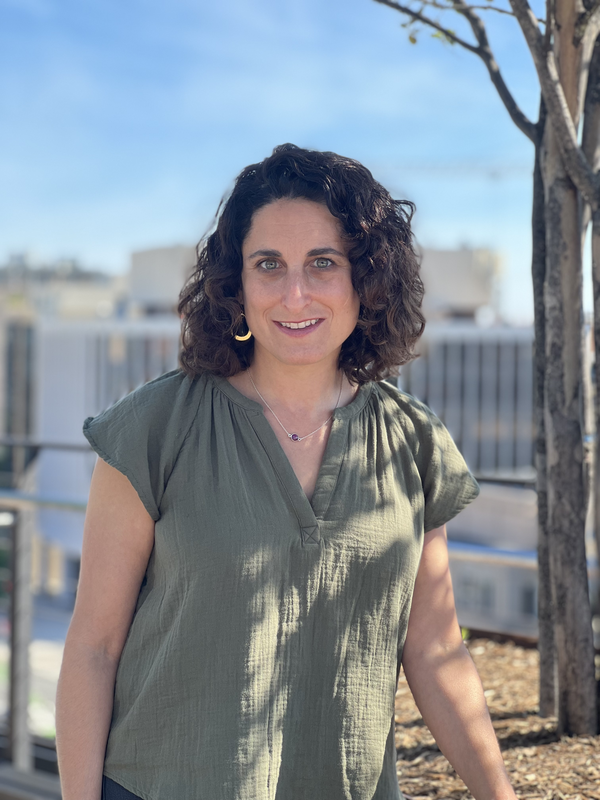As we reach the end of the primary 2023 hiring season, Academic Leaders once again see troubling shortages of candidates, especially for computer science, physics, and language courses. At this point in the spring, Academic Leaders are still hoping to fill those spots. But by the time we reach the summer, schools with with open job postings should stop searching and start problem-solving: What do you do when you can’t find a teacher?
This is the time for schools to start looking realistically at candidate pools and staffing needs. All too often, schools keep positions open, hoping a relocating candidate will appear. As the truism goes, hope is not a strategy–and gaps in staffing require putting all the strategies on the table. One strategy, of course, is to reduce your course offerings. Sometimes that’s not possible (courses required for graduation, for instance); often, it engenders ill will and leaves students in the lurch. If your school wants to run a course you can’t staff, there’s another option–online learning. In situations like this, schools use One Schoolhouse to ensure they can run the courses their students are counting on. Take, for example, a school that loses their Physics teacher in the spring. Some of those courses–typically the introductory ones–can be distributed to colleagues in the department who are willing to take on a section in addition to their regular load. But when it comes to higher-level courses with single sections (always the hardest to schedule!) that require an additional level of expertise, there are few, if any, options on campus. Moving those difficult-to-staff courses online can be an elegant solution. Student schedules gain flexibility, and schools can avoid overburdening their faculty. This can also avoid a budget crunch, because the fees associated with an online course are often lower than the cost of salary and benefits for a full- or part-time employee. When Academic Leaders make the decision to move a course online in the spring, rather than in the summer, they’re in the best strategic position–they can control the narrative, communicate effectively with students and families, and help students have a smooth transition into online learning. If you’re looking at one of these challenges, don’t just follow your typical hiring process and cross your fingers that the right candidate appears. find yourself stuck with a staffing challenge, don’t hesitate to pick up the phone and give us a call, or send us an email. We’re happy to talk through the ways we can supplement your on-campus program. And if you need to staff a particular course and don’t see it listed in our catalog, we may still be able to help–with a wide range of trained online teachers, we may be able to add a course to our catalog that meets your needs.
0 Comments
As part of our commitment to diversity, equity, inclusion, and justice, we’re working to recognize observances and holidays that center the voices and experiences of historically excluded peoples in the United States. In today’s newsletter, we bring together resources for educators and schools dedicated to celebrating transgender people and raising awareness of discrimination faced by transgender people worldwide.
Learn about International Transgender Day of Visibility: Founded in 2009 by activist Rachel Crandall, the Transgender Day of Visibility (TDOV) was created to honor the achievements and contributions of transgender people, and raise awareness of the work that still needs to be done to achieve justice for the trans community. Read President Biden’s 2022 Proclamation on TDOV. Recognize International Transgender Day of Visibility at your school: GLSEN’s TDOV resources, including downloads, book lists, and guides, are designed for all members of school communities to take actions to help create trans-inclusive school environments. We encourage you to seek out the many narratives and voices that explore International Transgender Day of Visibility:
COVID-19 reframed that metaphor for schools. The academic program was still that motorcycle, but the pandemic emphasized that we’d been wrong about social and emotional wellness. It wasn’t the sidecar at all. Instead, it was the road we’d all been driving on. An academic program is only going to stay upright as long as the road is smooth. If we don’t take care of our students’ emotional well-being, academic growth isn’t a foregone conclusion.
Dr. Lisa Damour’s new book “The Emotional Lives of Teenagers” reminds educators that the emotional experiences of adolescents are inherently messy, thanks to the rapid changes in their development. As hormones surge in teenagers, the brain responds, transforming its organization and structure to evolve into adulthood. At the same time, hormonal fluctuations can also lead to mood swings, distractibility, and reduced impulse control, which can negatively impact learning. Add in teenagers’ sleep phase delays, and you can see that the typical and healthy complexities of adolescence will impact their learning processes. Studies overwhelmingly show that depression and anxiety have been on the rise for high school students, starting before the COVID-19 pandemic, and these challenges can significantly impact adolescents' ability to learn and retain information. Depression and anxiety can impair cognitive functions such as attention, memory, and processing speed, all of which are crucial for academic success. Depressed and anxious adolescents may also struggle with motivation and engagement, leading to reduced participation in class and decreased effort in completing assignments. Additionally, the stress and negative thoughts associated with these conditions can interfere with the brain's ability to form new neural connections, further impeding learning. Social and emotional health are essential areas of understanding for educators of high school students. In order to ensure that their schools’ academic programs are strong, Academic Leaders must make sure that teachers have a solid understanding of the complex interplay between emotions and learning, and that the structures of school and instruction are built to support students’ well-being. Interested in learning more? Check out our professional learning course, “The Emotional Lives of Teenagers” offered in partnership with Dr. Lisa Damour and available to all Academic Leaders at Association for Academic Leaders members schools. As a part of our commitment to diversity, equity, inclusion, and justice, we recognize observances and holidays that center the voices and experiences of historically excluded peoples in the United States. As an educational organization, we want to lift up the words of others who share our commitment to learning, and amplify womens’ voices.
Learn about the history of Women’s History Month: Britannica documents the myths and facts about Women’s History Month in the United States. International Women’s Day on March 8 has been celebrated for over 100 years - see the United Nations’ timeline. Recognize Women’s History Month in your school and community: Access resources and lesson plans for Women’s History Month at the Anti-Defamation League. Listen to Women’s Voices: In 2021, the New York Times asked women leaders, including Deb Haaland and Patrice Cullors, about the meaning of Women’s History Month at a moment of upheaval and transition. Angela Ceseña reflected, “This year’s Women’s History Month gives me hope during such challenging times.” |
Don't miss our weekly blog posts by joining our newsletter mailing list below:AuthorsBrad Rathgeber (he/him/his) Archives
July 2024
Categories |



 RSS Feed
RSS Feed